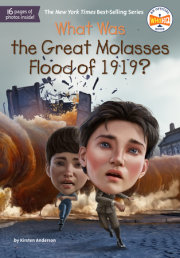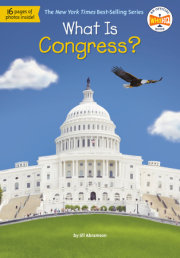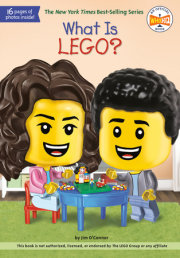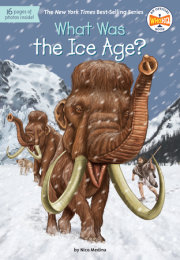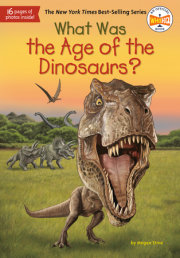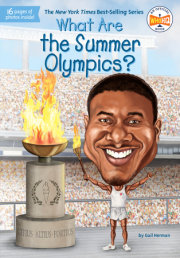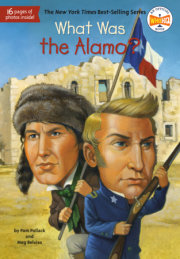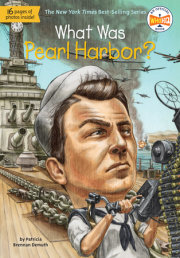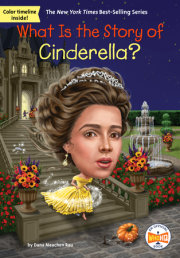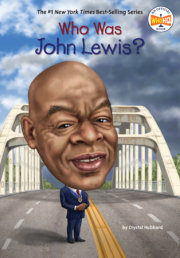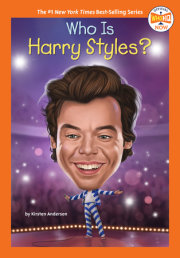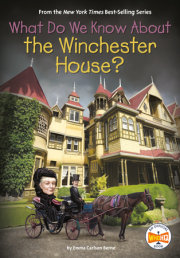


What Is the World Series?
It was October 1, 1903, and the first World Series game was about to begin. Hours before the game, thousands of fans poured into the Huntington Avenue Baseball Grounds in Boston. They came by foot, by horse and buggy, and by trolley car.
By 2:00 p.m., all nine thousand seats were taken. Seven thousand more fans filed in, sitting on fences and standing behind ropes around the outfield. For this game, admission was double the usual cost: fifty cents for standing room and bleacher seats. One dollar for grandstand seats.
Businessmen, students, factory workers. The rich and the poor. Fans from all backgrounds came—with one exception. African Americans were not welcome in the stands or on the field. (In fact, there would be no black players in Major League Baseball until 1947.)
At 3:00 p.m., an announcer shouted out the lineup through a megaphone. The game pitted the Boston Americans against the Pittsburgh Pirates.
In the first inning, Honus Wagner brought one of his Pirates teammates home with a line-drive single. It was the very first run scored in the very first World Series.
Every October, the temperature drops. Leaves fall. Excitement fills the air for baseball fans. It’s time for the World Series—a once-a-year contest between the best of the Major Leagues—to name a championship team.
But the World Series is more than a competition. It’s an event with a capital E. During those autumn days, it captures the attention of the entire United States. Presidents throw out first pitches. Popular singers belt out the national anthem. In wartime, in peacetime, in good times and bad, the World Series celebrates a game that has become so popular, it is known as the national pastime.
CHAPTER 1
In the Beginning
Since the mid-1800s, the game of baseball has been played pretty much the way we know it today. However, until 1869, there were no professional teams with paid players. The Cincinnati Red Stockings were the first pro team. Others followed, and in time the teams joined leagues, which had rules, schedules, and player contracts.
What Is the World Series?
It was October 1, 1903, and the first World Series game was about to begin. Hours before the game, thousands of fans poured into the Huntington Avenue Baseball Grounds in Boston. They came by foot, by horse and buggy, and by trolley car.
By 2:00 p.m., all nine thousand seats were taken. Seven thousand more fans filed in, sitting on fences and standing behind ropes around the outfield. For this game, admission was double the usual cost: fifty cents for standing room and bleacher seats. One dollar for grandstand seats.
Businessmen, students, factory workers. The rich and the poor. Fans from all backgrounds came—with one exception. African Americans were not welcome in the stands or on the field. (In fact, there would be no black players in Major League Baseball until 1947.)
At 3:00 p.m., an announcer shouted out the lineup through a megaphone. The game pitted the Boston Americans against the Pittsburgh Pirates.
In the first inning, Honus Wagner brought one of his Pirates teammates home with a line-drive single. It was the very first run scored in the very first World Series.
Every October, the temperature drops. Leaves fall. Excitement fills the air for baseball fans. It’s time for the World Series—a once-a-year contest between the best of the Major Leagues—to name a championship team.
But the World Series is more than a competition. It’s an event with a capital E. During those autumn days, it captures the attention of the entire United States. Presidents throw out first pitches. Popular singers belt out the national anthem. In wartime, in peacetime, in good times and bad, the World Series celebrates a game that has become so popular, it is known as the national pastime.
CHAPTER 1
In the Beginning
Since the mid-1800s, the game of baseball has been played pretty much the way we know it today. However, until 1869, there were no professional teams with paid players. The Cincinnati Red Stockings were the first pro team. Others followed, and in time the teams joined leagues, which had rules, schedules, and player contracts.
Our mission is to foster a universal passion for reading by partnering with authors to help create stories and communicate ideas that inform, entertain, and inspire.
© 2024 Penguin Random House
/



